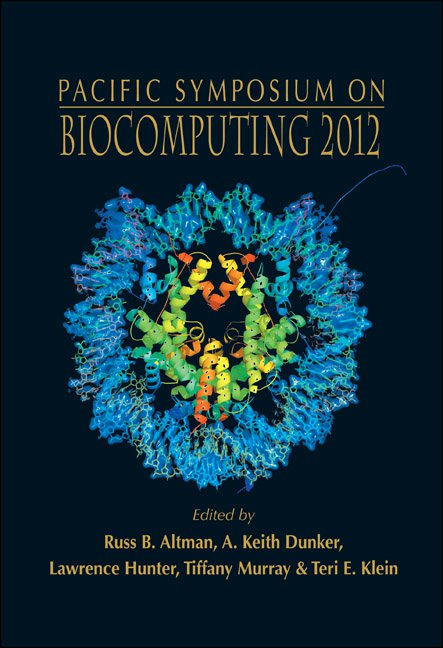LINKING PHARMGKB TO PHENOTYPE STUDIES AND ANIMAL MODELS OF DISEASE FOR DRUG REPURPOSING
The investigation of phenotypes in model organisms has the potential to reveal the molecular mechanisms underlying disease. The large-scale comparative analysis of phenotypes across species can reveal novel associations between genotypes and diseases. We use the PhenomeNET network of phenotypic similarity to suggest genotype–disease association, combine them with drug–gene associations available from the PharmGKB database, and infer novel associations between drugs and diseases. We evaluate and quantify our results based on our method's capability to reproduce known drug–disease associations. We find and discuss evidence that levonorgestrel, tretinoin and estradiol are associated with cystic fibrosis (p < 2:65 · 10−6, p < 0:002 and p < 0:031, Wilcoxon signedrank test, Bonferroni correction) and that ibuprofen may be active in chronic lymphocytic leukemia (p < 2:63 p < 0:03110−23 Wilcoxon signed-rank test, Bonferroni correction). To enable access to our results, we implement a web server and make our raw data freely available. Our results are the first steps in implementing an integrated system for the analysis and prediction of drug–disease associations for rare and orphan diseases for which the molecular basis is not known.



